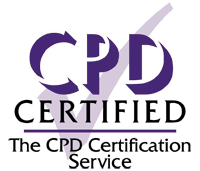5 September 2025
The United Kingdom Accreditation Service (UKAS) has granted Scotland’s first accreditation against the Improving Quality In Physiological Services (IQIPS) standard. The award was made to the Audiology Department at NHS Tayside and covers both adult and paediatric audiology services delivered at four hospitals in Dundee, Perth and Brechin.

